Twenty-nine opinions from European shrimp experts show a limited expansion of the sector and provide insights into industry needs
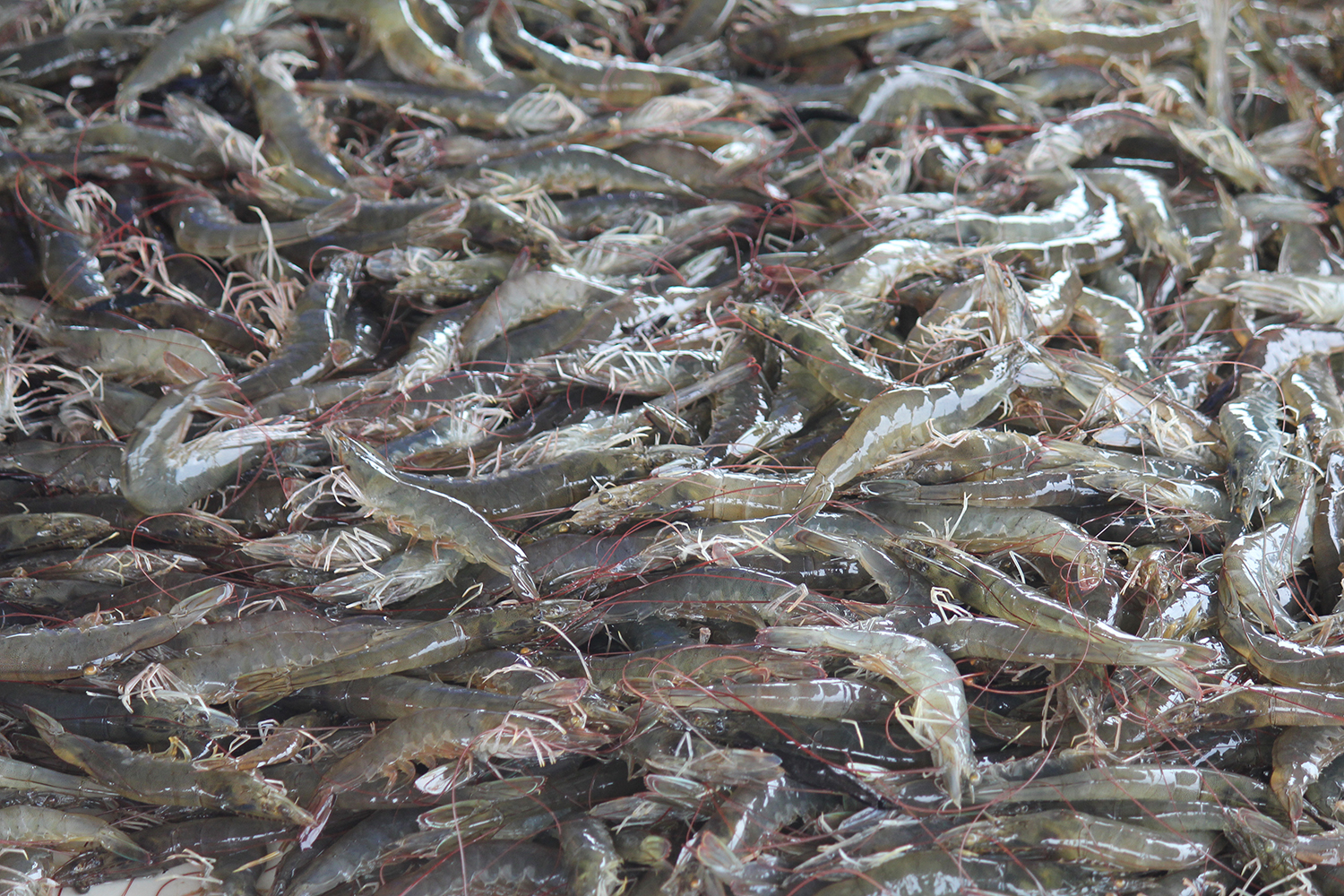
The European Union has only recently begun engaging in Pacific white shrimp (Litopenaeus vannamei) aquaculture production. Unlike major producers worldwide, who predominantly operate in ponds, European shrimp farming nearly exclusively relies on indoor facilities. The climatic conditions and lack of constant access to marine warm water make the aquaculture production in closed systems the only practicable method in most of Europe. This approach mitigates deforestation, pollution, soil salinization and erosion, while offering protection against adverse weather conditions, predation, and disease outbreaks. Consequently, European shrimp are regarded as high-quality, safe products, particularly when certified, predominantly marketed fresh and sustainably harvested.
Despite the increasing adoption of shrimp farming in Europe, there is a lack of detailed descriptions of best management practices for indoor systems for this species, as indicated by Albalat et al. European aquaculture systems for shrimp production remain poorly understood, and the optimal management of these indoor systems and rapid response to emergencies require high-tech support mechanisms. The provision of liquid oxygen supply and emergency power generators play a crucial role in maintaining optimal conditions, allowing production systems to operate without constant manual monitoring and are vital for uninterrupted operations during power outages or technical issues. However, regular manual system checks are deemed necessary to prevent technical issues and subsequent emergencies, understanding the dynamics of these routines requires further information. The level to which shrimp farm operators rely on these systems and manual checks remains unknown.
This article – summarized from the original publication (Gamberoni, P. et al. 2025. European perspectives on Litopenaeus vannamei aquaculture: An expert’s survey. Aquaculture Reports, Volume 42, 15 July 2025, 102732) – reports on a study targeting European shrimp farmers and experts to collect information on current management practices and routines in European land-based facilities, on applied welfare markers and measures, and on research potential and knowledge gaps.
Study setup
To better understand Litopenaeus vannamei aquaculture practices within the burgeoning European shrimp aquaculture sector, a 17-point questionnaire was developed and distributed to industrial or scientific shrimp experts based in or affiliated with Europe.
The questionnaire assured anonymity while adhering to the European General Data Protection Regulation (GDPR) guidelines on information privacy. This survey was made accessible through three different modalities. First, it was advertised and distributed to the Euroshrimp newsletter and website. Secondly, it was directly sent by email to shrimp experts in Europe and, finally, it was distributed in paper form to shrimp operators present at European Aquaculture 2023 in Vienna, Austria. Shrimp farmers, researchers, students, consultants, investors were the target audience for the survey as these groups represent the most engaged communities in this sector.
For detailed information on the survey, data collection and analyses, refer to the original publication.
Homegrown Shrimp USA officially opens new shrimp RAS facility in Florida
Results and discussion
The current study provides opinions from 29 shrimp experts across and connected to Europe, indicating, still, the limited expansion of the sector. Insights into several sides of shrimp aquaculture in land-based facilities are given. Firstly, the study provides an overview of the current systems in use, including their design, practices, routines and management.
Secondly, it compiles expert opinions on optimal values for key water parameters essential for shrimp farming. Thirdly, it sorts out the most commonly detected animal welfare issues in production facilities, detailing health impairments and abnormal behaviors observed in shrimp. The dataset was statistically analyzed to reveal variations in responses based on system types, different stocking density perception and occurrence of health impairments. Finally, the study outlines recommendations in terms of management methods and physico-parametric thresholds, potential improvements and limitations in the indoor shrimp aquaculture sector.
The survey was completed by 29 respondents. When asked which aquaculture systems they use, some respondents listed more than one system, resulting in a total count of 39 systems. Among these, recirculating aquaculture systems (RAS, 17 responses) and biofloc systems (11 responses) were most prevalent (Fig. 1). “Hybrid RAS,” “Aquaponics” and “Others” were also selected (Fig. 1). Regarding the frequency of system checks, the survey findings revealed a strong tendency among the majority of respondents to conduct at least daily checks (n = 24, 83 percent), with some performing multiple checks per day (n = 9, 31 percent).
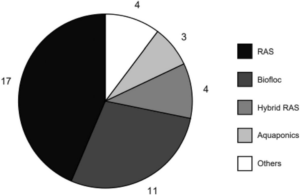
A lower frequency of checks was notably rare among the experts surveyed (n = 3, 10 percent) (Fig. 2a). Additionally, 75.9 percent of facilities reported using online monitoring systems to notify staff in case of malfunctions (Fig. 2b). No association was found between the system gear and the frequency of system/animal checks.
The trend towards indoor shrimp farming in Europe is strongly evident, with recirculating aquaculture systems (RAS) and biofloc systems emerging as preferred methodologies in the survey. Their predominance indicates the actual and future trend for shrimp aquaculture in Europe. RAS systems offer exceptional control and stability, allowing effective management of water quality parameters; on the other hand, biofloc systems provide a cost-effective alternative with potential nutritional benefits for shrimp due to the increased microbial flora, per Taufik et al. Both systems contribute significantly to pathogen control, reducing the reliance on antibiotics and enhancing product quality. Other system types, which constitute the remaining percentage, likely represent scientific research applications or are modified versions of RAS designed to reduce energy and material costs. The literature lacks clear recommendations regarding the optimal frequency of routine checks for system components.
The survey findings highlighted a strong tendency among the majority of respondents to engage in at least daily checks with a portion conducting multiple checks within a single day. The approach is normally determined by system operators, according to the level of technology used, staff available and experience. For closed systems, meticulous maintenance and inspection of all components is the key to success. The widespread use of remote alarm notification system devices underlines the importance of coping with the lack of personnel for a few hours a day. All these factors allow for the prediction of technical problems, which are among the main limiting factors. Due to the lack of association between system types and manual system/animal checks, these general guidelines can be considered valid and applied to all types of indoor systems.
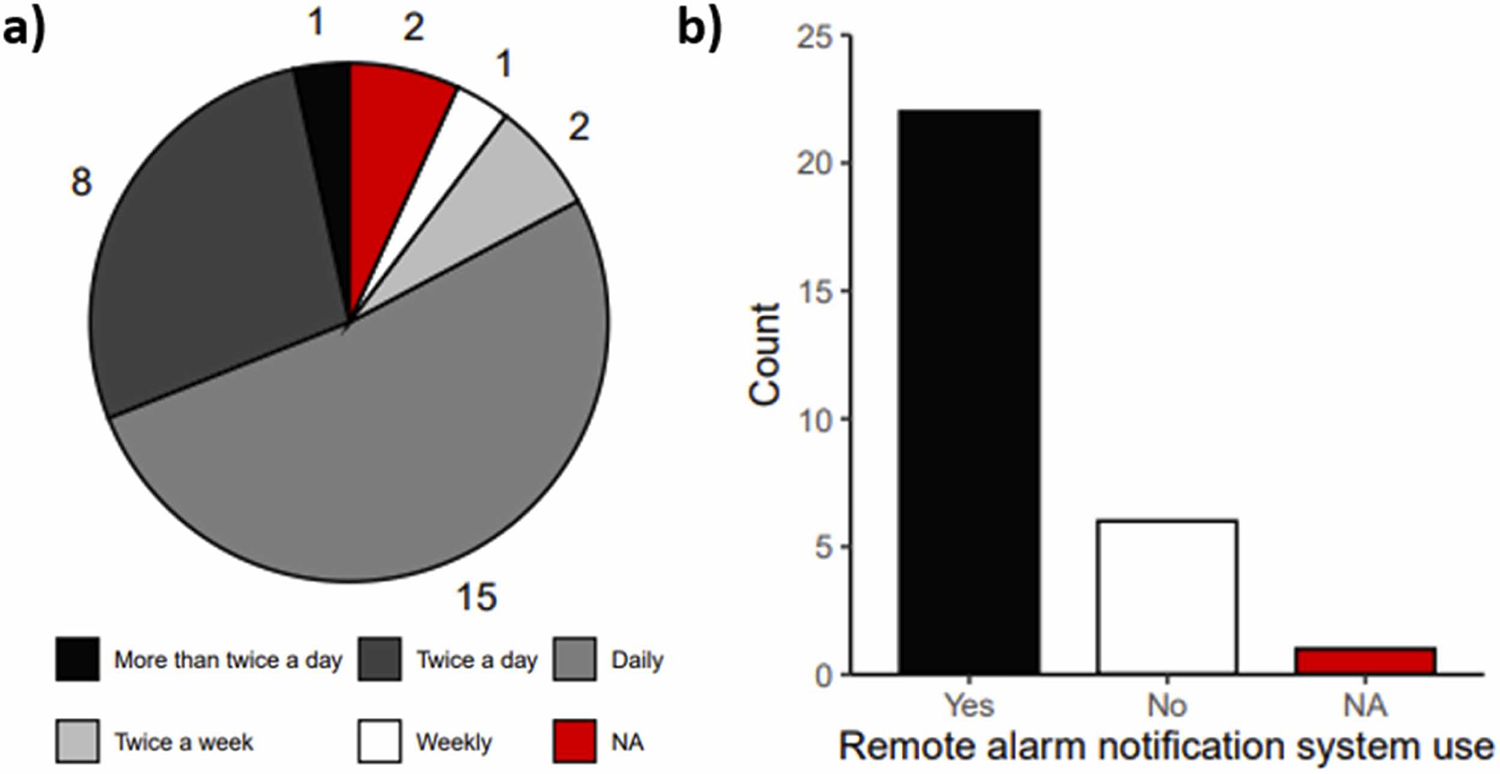
Data shows exuviae (the remains of the exoskeleton after molting in insects, crustaceans and arachnids) removal is a practice that divides shrimp expert opinions as shown by differences between RAS and biofloc practices. Most respondents agree that shrimp consume their exuviae, even though the consumption rate is variable according to the system gears. Globally, more data and expert opinions about this topic are needed. As exuviae serve as a habitat for bacteria, particularly chitin-transforming ones, the predominant consumption of exuviae may represent a health risk. Additionally, consumption may indicate deficiencies in feed management, feed quality, or water mineral content.
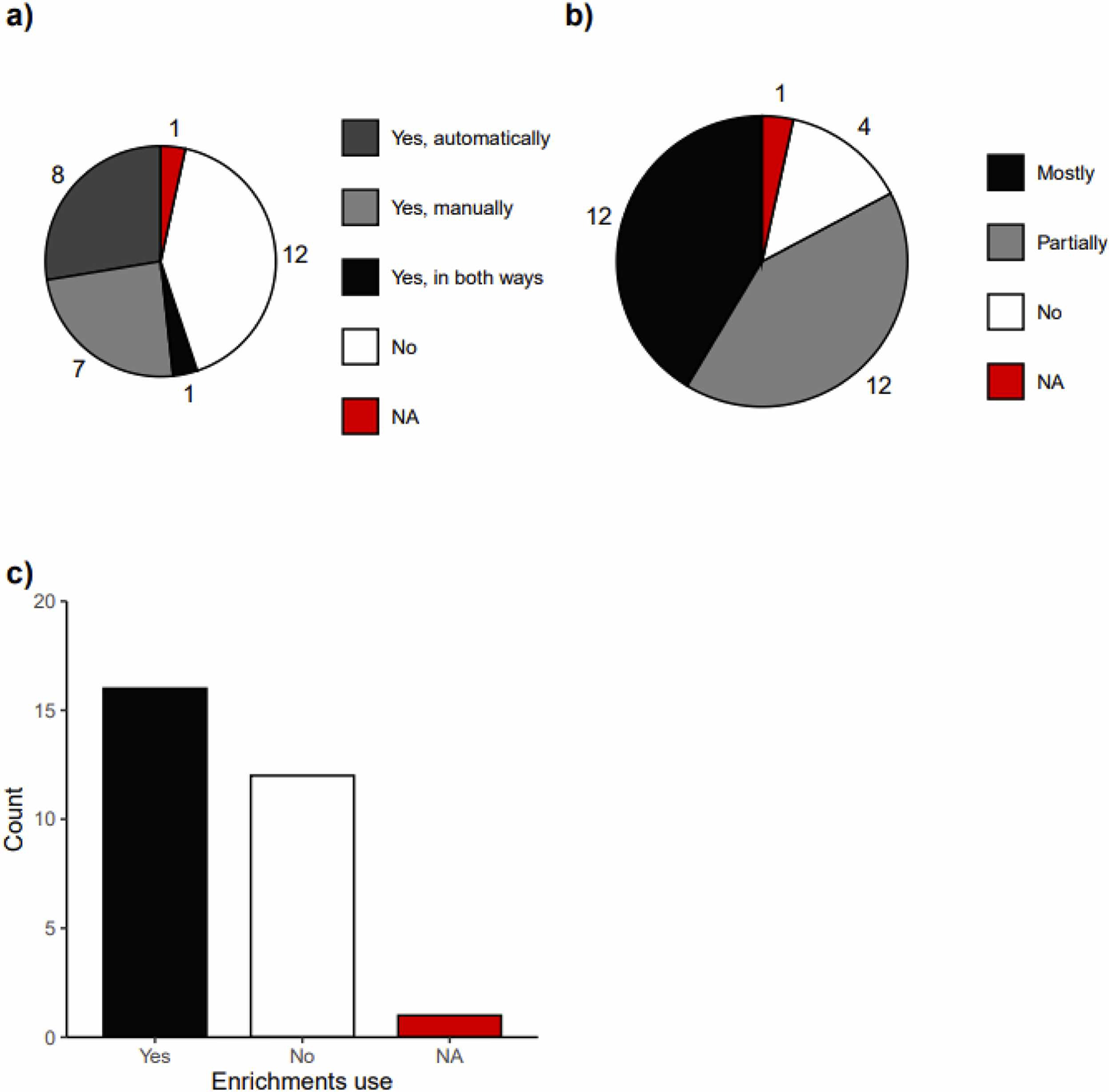
The prevailing trend for the grow-out stage in European shrimp farming was to consider a standard yield range of 1–5 kg per square meter. These findings reveal some insightful patterns which are corroborated by existing literature, with a maximum yield of 10.3 kg per square meter recorded in RAS and numerous instances falling close or within the standard range indicated above. Regarding stocking density measured in kg per cubic meter, the perceived standard ranges from 3 to 10 kg per cubic meter, particularly within the context of biofloc systems at commercial scales. Reported productivity range are 4–6 kg per cubic meter, with one system indicating a carrying capacity of 9.75 kg per cubic meter. Future projections for biofloc systems suggest potential yields of up to 14 kg per cubic meter.
Recent reports suggest that the standard may be shifting towards higher values of 10–15 kg per cubic meter in RAS thanks to experience in the culture gear and technological advances, with a high probability of increases in the future. The level of system performance remains highly dependent on factors such as system design, environmental enrichments, and the user’s expertise and experience.
The majority of operators check their animals at least once a day, and beyond behavior many facilities also incorporate observations of biological health indicators. European shrimp operators commonly rely on direct observation of morphology and behavior to assess shrimp health, and observations of stress-response behavior are nearly universal and likely to drive decision-making in farm operations at varying timescales. However, some concepts might be difficult to transfer to large ponds or systems where water is not as clear as RAS. Furthermore, shrimp samples may be sent to specialized companies for pathogen detection based on factors such as the farm’s disease history, disinfection practices, and the quality of broodstock.
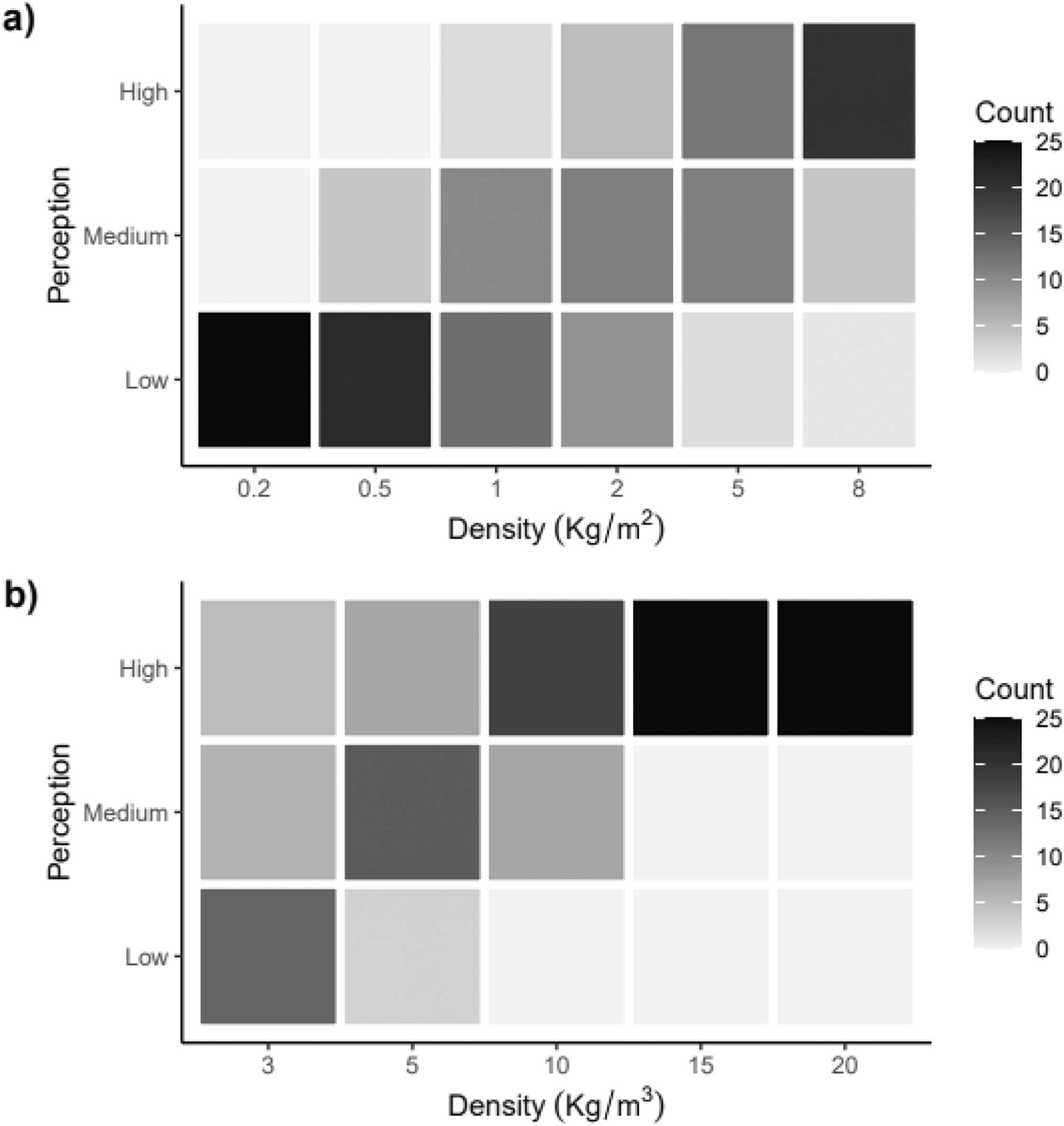
To summarize and interpret the data obtained, a list of recommendations for indoor shrimp facilities was prepared considering the current results and literature (see Table 3 in original publication). These recommendations offer categorized guidance on various management practices, outline the optimal ranges for several water parameters, and describe health impairments and abnormal behaviors associated with possibly inadequate culture conditions. Additionally, it provides suggestions about preventing suboptimal conditions or dealing with alerting/emergency conditions. This could serve as a reference for users until the appropriate regulatory entities officially establish specific standards for shrimp indoor aquaculture.
While stress responses, behaviors, and detailed laboratory analyses play a role in understanding health status, interpretations of observations can vary between practitioners. Many respondents mentioned the need for standardized indices or scores as decision-making support. Several authors have made a number of recommendations which could lead to increased production, early detection of abnormal conditions in shrimp, and overall optimization of shrimp culture.
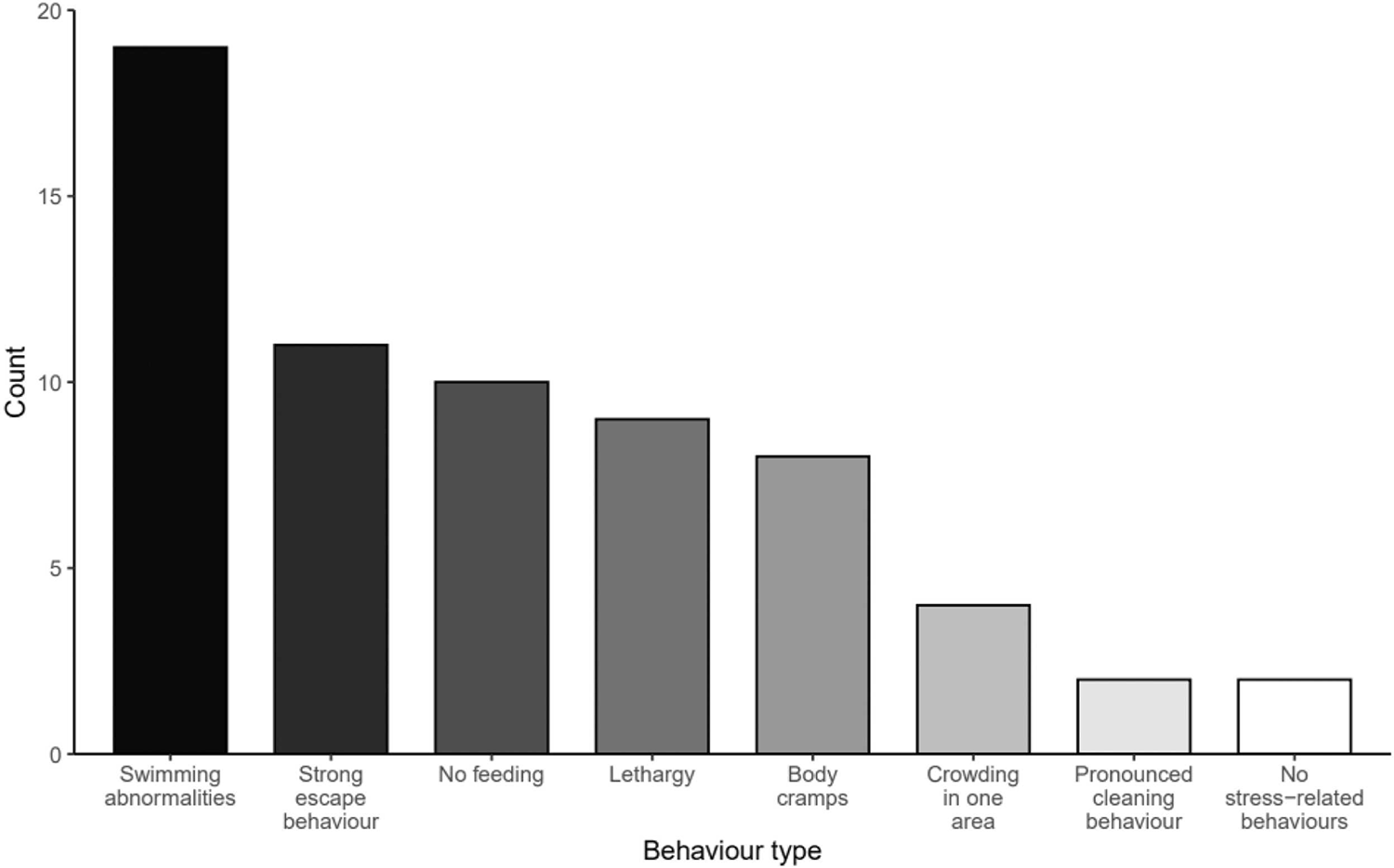
Artificial intelligence models have shown the potential to identify crucial operational welfare indicators in L. vannamei, such as physical injuries and behavioral patterns, by analyzing their interactions with the environment and social behaviors. A part of experts would appreciate such outcomes from research. Particularly, RAS provides clean water, facilitating the use of video surveillance systems. Emerging approaches for assessing health and welfare include the use of rapid on-site testing for disease diagnostics and physiological analysis. Many other knowledge gaps exist, with particular reference to the context of handling, stocking densities and water minerals management.
Additionally, a certain degree of bias needs to be mentioned caused by the small dataset and variability in responses. Expanding the questionnaire to include a broader range of shrimp experts working in indoor facilities worldwide would be beneficial. This would enhance the dataset’s validity, improve the statistical power of the analysis, and address new trends.
Perspectives
Based on the expertise of 29 shrimp experts interviewed, the current study compiles expert opinions on applied management practices and welfare indicators (for grow-out stage), focusing on indoor systems mostly used in Europe. A list of recommendations for indoor/land-based shrimp aquaculture systems is provided, in a context where standards are missing.
Routine frequencies (e.g., daily system checks for farm management), optimal ranges and thresholds for the key water parameters, indications about normal, abnormal health status and behavior of shrimps are given. The theme of live animal welfare monitoring is explored, prompting research questions that could be addressed in future projects.
Respondents clearly encouraged research activities aiming at the development of scores and indices that support routine checks and decision-making operations at farm or research facility levels. Ideal management of molting dynamics, exuviae treatment, handling, culture enrichment, and, partially, mineral requirements had no consensus among experts and thus require future investigation.
Now that you've reached the end of the article ...
… please consider supporting GSA’s mission to advance responsible seafood practices through education, advocacy and third-party assurances. The Advocate aims to document the evolution of responsible seafood practices and share the expansive knowledge of our vast network of contributors.
By becoming a Global Seafood Alliance member, you’re ensuring that all of the pre-competitive work we do through member benefits, resources and events can continue. Individual membership costs just $50 a year.
Not a GSA member? Join us.
Authors
-
Paolo Gamberoni
Corresponding author
Alfred-Wegener-Institute Helmholtz-Centre for Polar-and Marine Research, Am Handelshafen 12, Bremerhaven 27570, Germany -
Sven Wuertz
Department Fish Biology, Fisheries and Aquaculture, Leibniz-Institute of Freshwater Ecology and Inland Fisheries, Müggelseedamm 310, Berlin 12587, Germany
-
David Bierbach
Faculty of Life Sciences, Humboldt University, Invalidenstraße 42, Berlin 10099, Germany
-
Mirko Bögner
Alfred-Wegener-Institute Helmholtz-Centre for Polar-and Marine Research, Am Handelshafen 12, Bremerhaven 27570, Germany
-
Matthew James Slater
Alfred-Wegener-Institute Helmholtz-Centre for Polar-and Marine Research, Am Handelshafen 12, Bremerhaven 27570, Germany
Related Posts
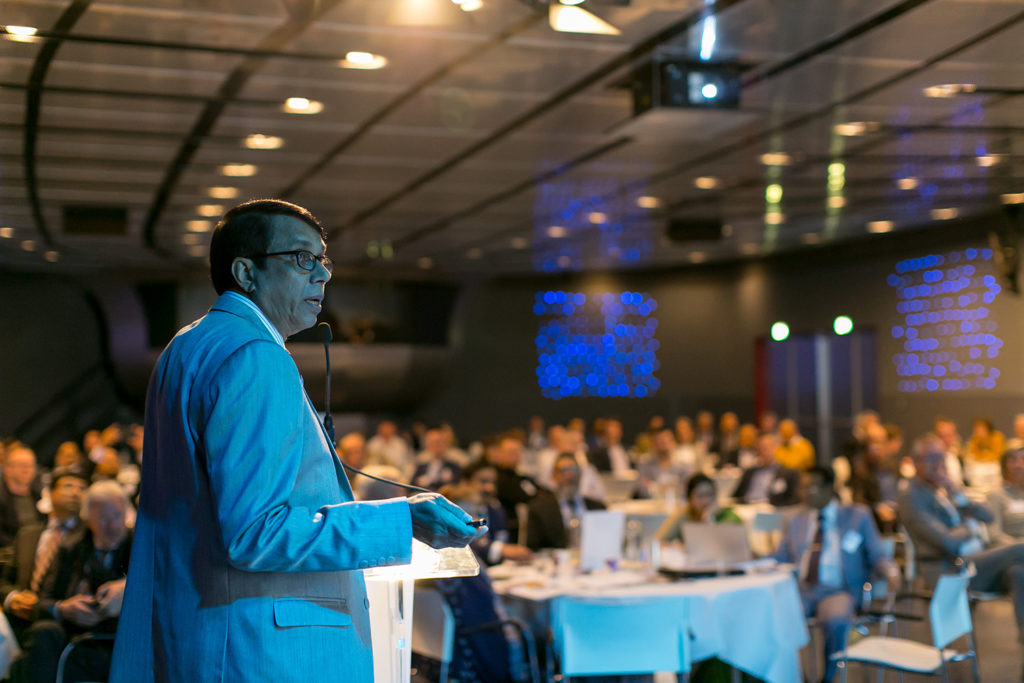
Intelligence
Bangladesh seeks more buck for its ‘bagda’
As more than 80 percent of Bangladeshi shrimp exports already go to EU markets, a consultation meeting involving buyers from the bloc and Bangladesh industry stakeholders and authorities was held at the end of last month in Utrecht, the Netherlands.

Intelligence
The Advocate reports from the Responsible Seafood Summit in St Andrews
More than 80 speakers took the stage to discuss a wide range of topics in fisheries and aquaculture and responsible seafood sourcing.
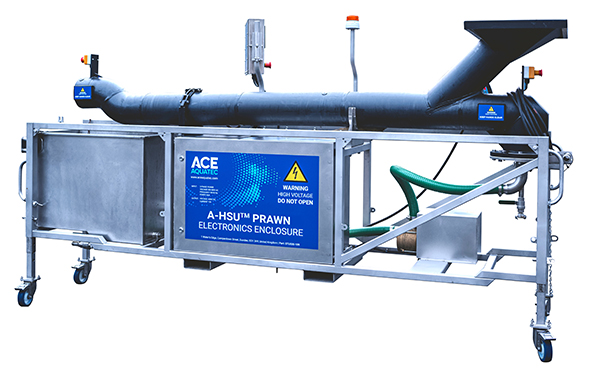
Health & Welfare
Ace Aquatec launches in-water portable prawn stunner to improve aquaculture welfare
The company's Prawn Humane Stunner Universal can stun prawns unconscious in less than one second, improving animal welfare in aquaculture.
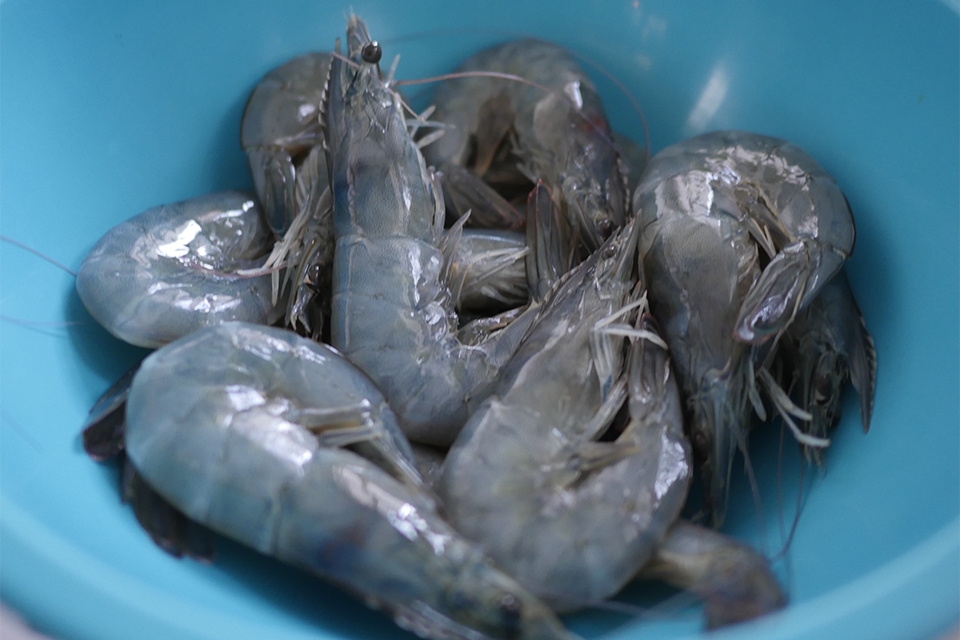
Intelligence
‘We’re doing a lot of things that aren’t being done,’ says Los Angeles shrimp farm founder
Steve Sutton, CEO of TransparentSea Farm, joins the Advocate and Aquademia to talk shrimp and the carbon-capture technology investors should look at.



